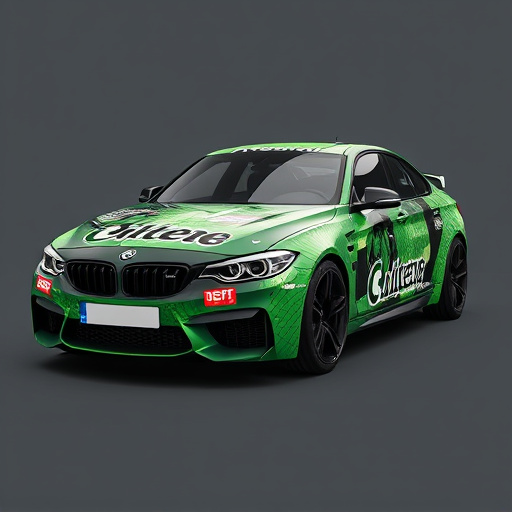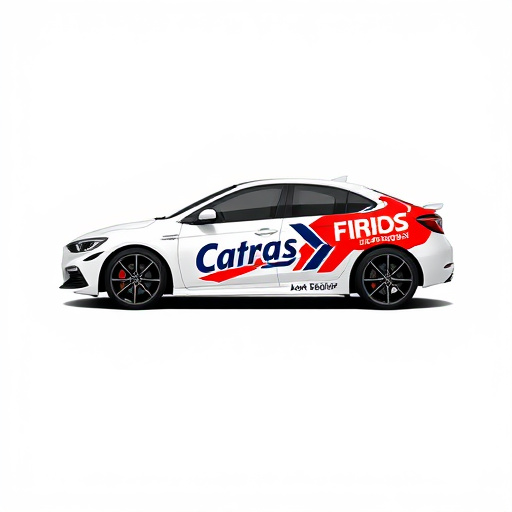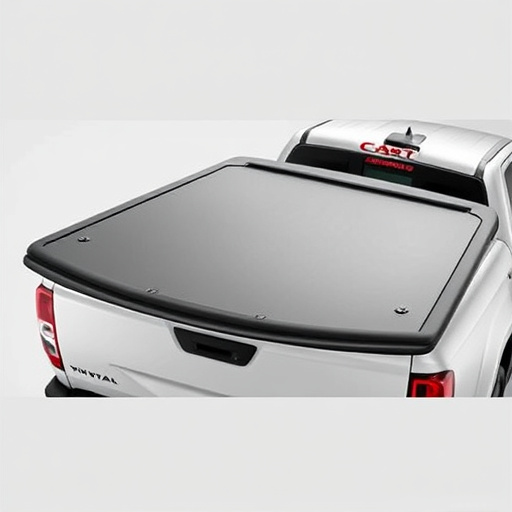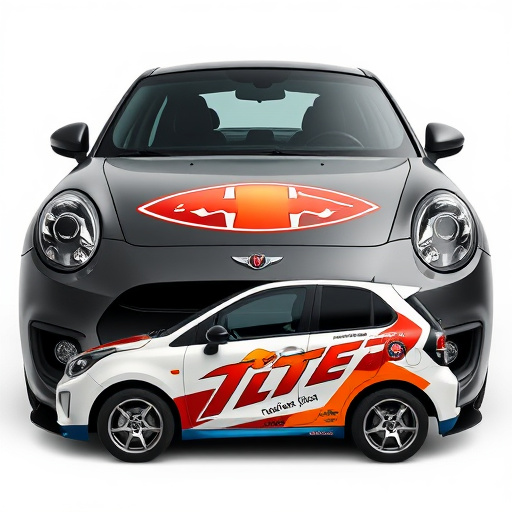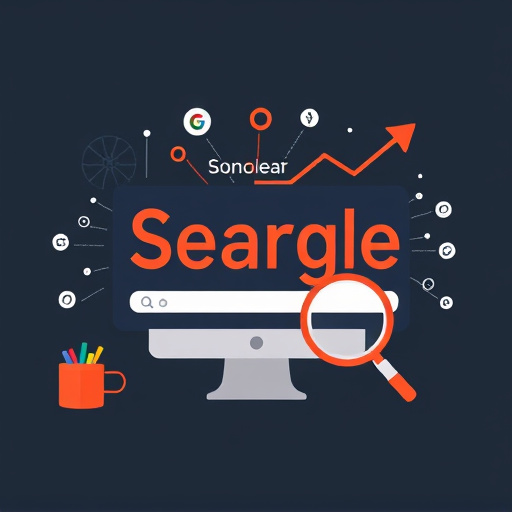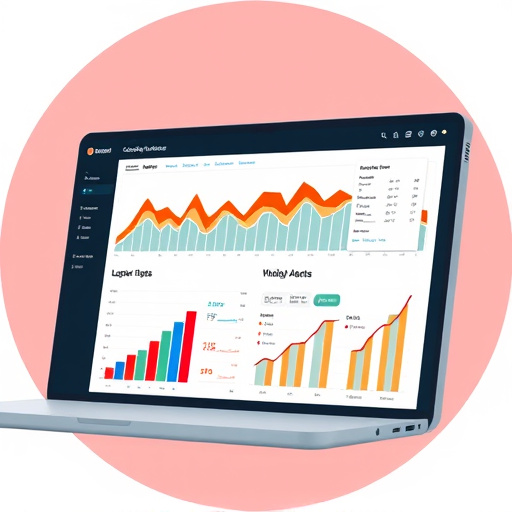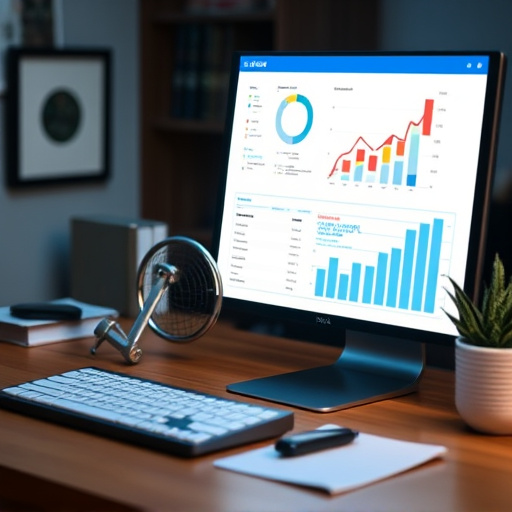Flexbox is a CSS tool enhancing responsive web design, crucial for businesses in competitive markets like South Florida and Dallas. It allows developers to create layouts adaptable across devices, ensuring optimal user experiences, improved online visibility, and better SEO outcomes, specifically for local SEO Fort Lauderdale or web design South Florida, as well as strategic mobile-first designs in the Dallas digital marketing scene.
In the realm of responsive web design, Flexbox stands as a powerful toolset, revolutionizing how we craft adaptable and user-friendly interfaces. This article delves into the core concepts of Flexbox, offering a solid foundation for building dynamic layouts that cater to diverse screen sizes. We explore practical applications, from aligning elements seamlessly to leveraging Flexbox’s strengths in mobile-first design strategies, ensuring optimal user experiences across devices.
- Understanding Flexbox: A Foundation for Responsive Design
- Creating Flexible Layouts: Aligning Elements Efficiently
- Maximizing Mobile-First Approach with Flexbox Tools
Understanding Flexbox: A Foundation for Responsive Design

Flexbox is a powerful CSS layout module that has revolutionized responsive web design. Its fundamental nature allows developers to create flexible and dynamic layouts, adapting seamlessly to different screen sizes and devices. By understanding Flexbox, designers can build robust, visually appealing, and user-friendly interfaces for modern websites.
In the context of local SEO Fort Lauderdale or web design South Florida, a solid responsive strategy is paramount. Flexbox enables developers to easily distribute space among elements, push or pull content as needed, and create layouts that function flawlessly on everything from desktop computers to mobile phones. This ensures that businesses in competitive markets like South Florida can deliver optimized user experiences, enhancing their online visibility and engaging local audiences effectively, thus improving SEO audit services outcomes.
Creating Flexible Layouts: Aligning Elements Efficiently

In responsive web design, Flexbox emerges as a powerful tool for creating flexible layouts that adapt seamlessly to various screen sizes and devices. This one-dimensional layout model allows developers to distribute space among elements in a container, making it easy to align and position content efficiently. By defining flex-grow, flex-shrink, and flex-basis properties, designers can ensure elements expand or contract as needed, maintaining visual integrity across different resolutions.
Efficient alignment is achieved through Flexbox’s center-aligning features and precise control over item placement. Whether aligning items horizontally or vertically, Flexbox provides straightforward methods to position content exactly where it’s needed on the screen. This meticulous control, combined with its adaptability, makes Flexbox an indispensable asset in crafting visually appealing and user-friendly web designs for Arlington-based businesses seeking to boost their online presence through SEO marketing services and increase website traffic.
Maximizing Mobile-First Approach with Flexbox Tools

In the realm of responsive web design, a strategic approach is key to achieving an optimal user experience across various devices. Flexbox, a powerful CSS layout module, plays a pivotal role in maximizing the mobile-first strategy. By adopting a mobile-centric design philosophy and utilizing Flexbox tools, developers can efficiently create dynamic and adaptable layouts that seamlessly adjust to different screen sizes. This approach ensures that web pages render beautifully on smartphones, tablets, and desktops alike, thereby enhancing user engagement and satisfaction.
For SEO services Dallas businesses seeking a competitive edge in the digital marketing Dallas landscape, incorporating Flexbox into their web design process near me is a strategic move. Responsive designs not only cater to the growing mobile traffic but also contribute to better search engine rankings by providing a positive user experience. This, in turn, can drive organic traffic and increase conversions, making it an indispensable component of any successful online presence strategy.
Flexbox is an indispensable tool in any modern responsive web design strategy. By understanding its fundamental principles, leveraging its flexible layouts and aligning elements efficiently, developers can create dynamic and adaptable designs that cater to diverse user experiences across all devices. Maximizing the mobile-first approach with dedicated Flexbox tools further enhances the process, ensuring optimal viewing experiences for every user, regardless of screen size or orientation. Incorporating Flexbox into your workflow is a surefire way to stay ahead in the ever-evolving landscape of responsive web design.

